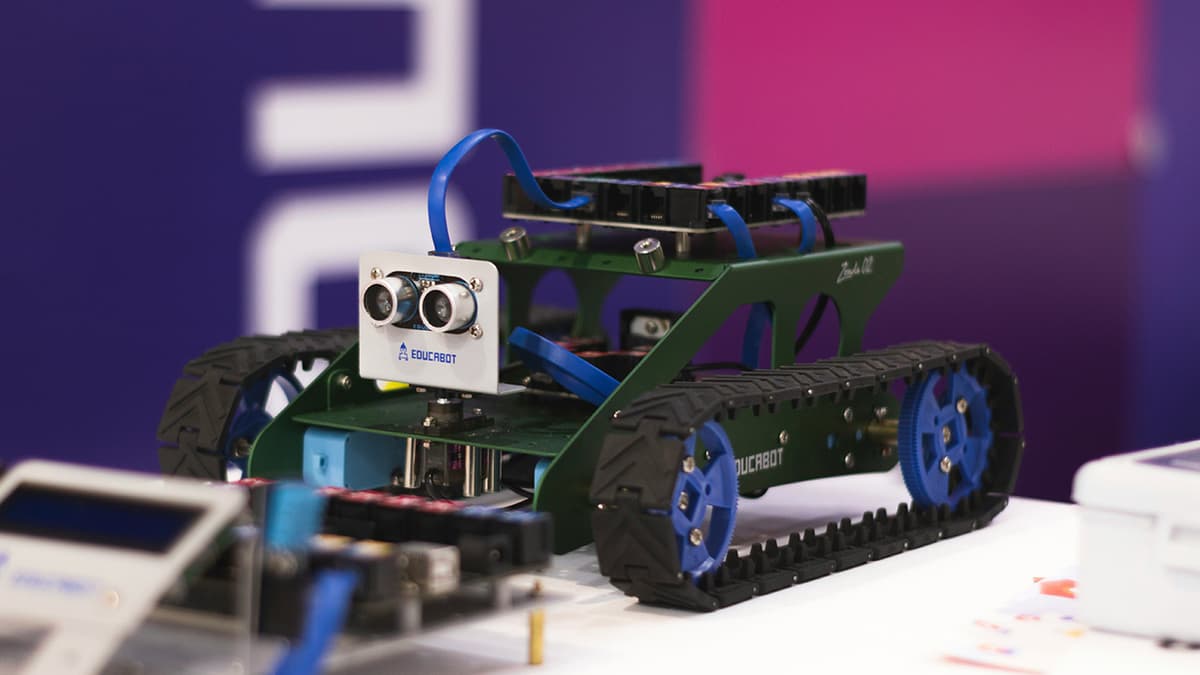How to Debug React Components in CodeSandbox Like a Pro
Have you ever found yourself struggling to debug your React components in CodeSandbox? Don't worry, you're not alone! Debugging in an online code editor can sometimes be tricky, but with the right tools and techniques, you can streamline your debugging process and become a pro at tackling any issues that come your way.
Understanding the Environment
Before diving into advanced debugging techniques, it's important to understand the environment you're working in. CodeSandbox provides an online code editor specifically designed for web development projects, including React. It offers an interactive development environment with real-time collaboration features, making it a popular choice for building and testing React applications.
One of the key advantages of using CodeSandbox is that it abstracts away the complexities of setting up a local development environment. However, this convenience can sometimes make it challenging to debug issues effectively, especially when dealing with complex React components or unexpected behavior.
Leveraging Console Logs
One of the simplest yet most powerful tools in your debugging arsenal is the humble console.log(). By strategically placing console.log() statements in your code, you can gain valuable insights into the state of your application at different points in time.
For example, let's say you're encountering a bug where a component is not rendering as expected. You suspect that the state might be the culprit. By inserting console.log(this.state) inside your component's render() method, you can quickly inspect the state and see if it matches your expectations.
Jsx
Console logging is a simple yet effective way to peek under the hood of your React components and understand what's going on behind the scenes.
Using React DevTools Extension
Another invaluable tool for debugging React applications in CodeSandbox is the React DevTools extension. This browser extension allows you to inspect the React component hierarchy, view component props and state, and track component updates in real time.
To install the React DevTools extension, simply visit the Chrome Web Store and search for "React Developer Tools". Once installed, you can access the React DevTools panel by right-clicking on your CodeSandbox page and selecting "Inspect". Then navigate to the "React" tab to start exploring your React components.
By leveraging the React DevTools extension, you can gain a deeper understanding of how your React components are interacting with each other and identify potential issues more efficiently.
Leveraging CodeSandbox Forks
One of the unique features of CodeSandbox is the ability to fork existing projects with a single click. Forking a project creates a separate copy that you can modify and experiment with without altering the original codebase.
If you're facing a particularly stubborn bug in your React component, consider forking your project and isolating the problematic code. By gradually removing or modifying parts of the code in the forked version, you can pinpoint the source of the issue more effectively.
Additionally, you can use the forked project as a sandbox for testing different debugging strategies without affecting your main project. This iterative approach can help streamline your debugging process and lead to quicker resolutions.
Leveraging CodeSandbox Live Preview
CodeSandbox offers a live preview feature that allows you to see the output of your code in real time as you make changes. This instant feedback can be incredibly helpful when debugging React components, as you can quickly observe the impact of your modifications on the UI.
To make the most out of the live preview feature, try making small, incremental changes to your code and observing the effects in real time. This interactive approach can help you identify unexpected behavior more efficiently and test different solutions on the fly.
By leveraging the live preview functionality in CodeSandbox, you can streamline your debugging process and troubleshoot React components with greater agility.
Collaborating with Others
Debugging complex React components in CodeSandbox can sometimes require a fresh pair of eyes. Fortunately, CodeSandbox offers real-time collaboration features that allow you to invite others to join your project and work together on finding solutions.
If you're stuck on a particularly tricky bug, consider inviting a colleague or friend to collaborate with you in CodeSandbox. By sharing your screen and discussing the issue together, you can benefit from different perspectives and brainstorm creative solutions to the problem.
Collaborating with others not only makes debugging more fun but also enhances your problem-solving skills and fosters a sense of teamwork in tackling challenging issues.
Debugging React components in CodeSandbox may have its challenges, but with the right tools and strategies, you can navigate through any issues with confidence. By mastering the art of console logging, utilizing the React DevTools extension, leveraging CodeSandbox forks, making use of the live preview feature, and collaborating with others, you can elevate your debugging skills to pro level.
The next time you encounter a bug in your React component, approach it with a sense of curiosity and a willingness to experiment. With a bit of perseverance and a dash of creativity, you'll be debugging like a pro in no time. Happy coding!
Now get back to your CodeSandbox and start conquering those bugs!












